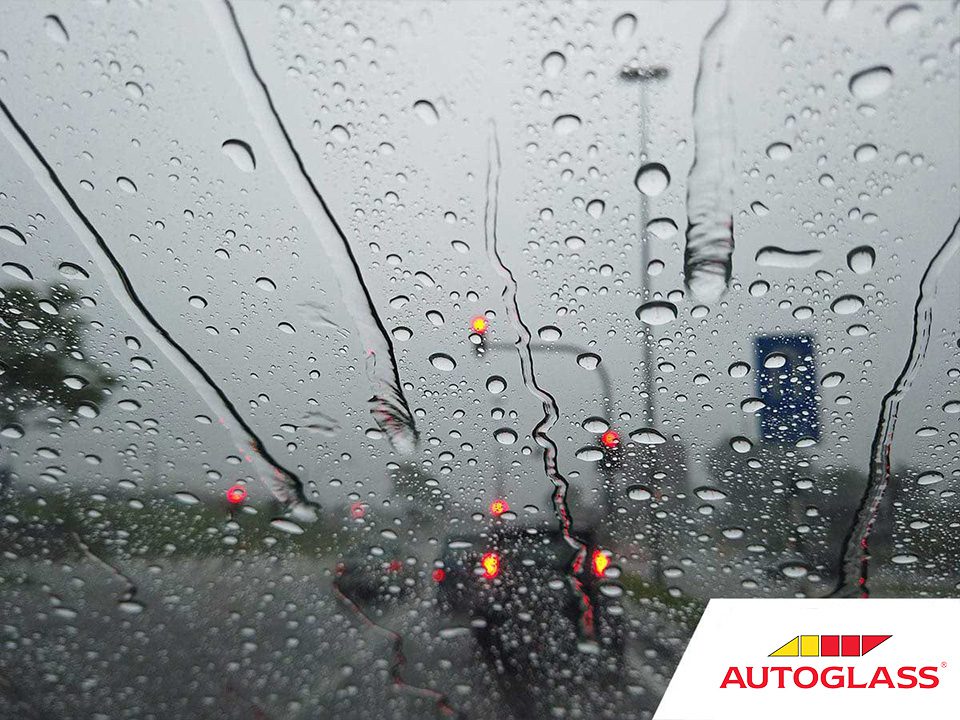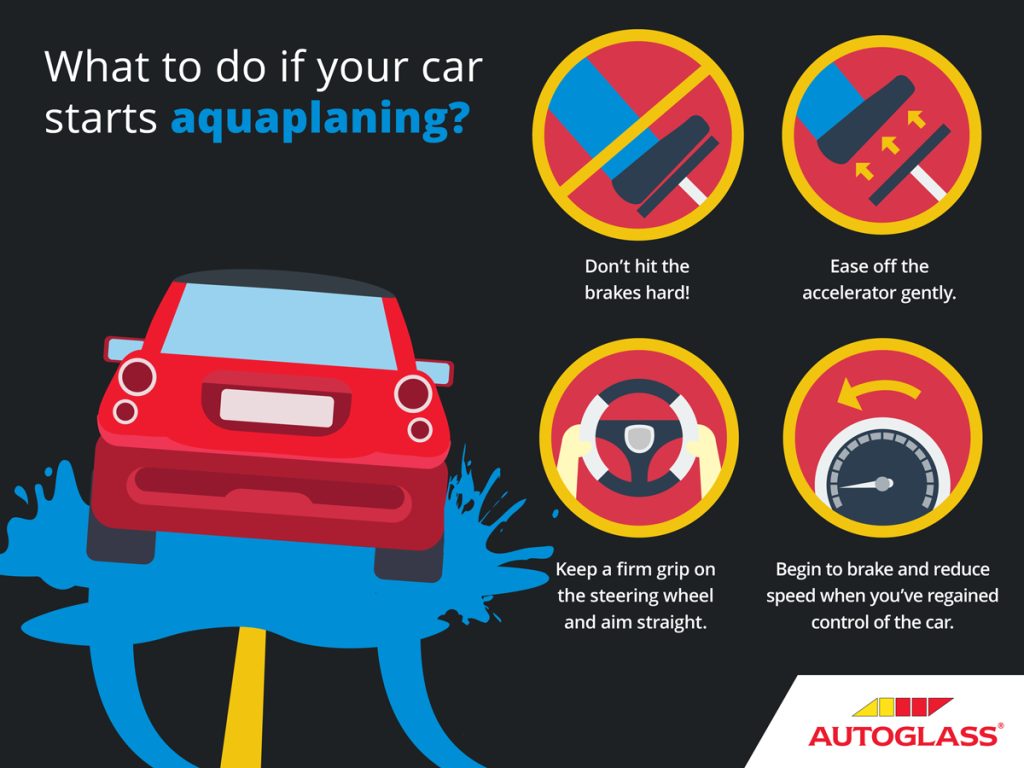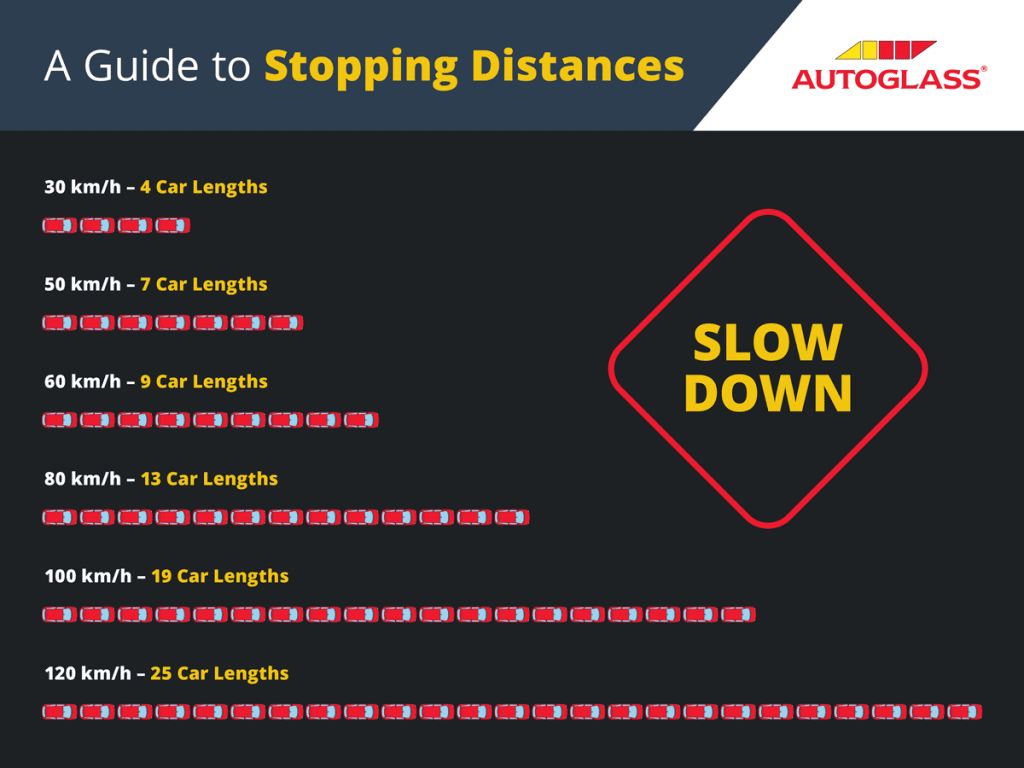
How to Drive Safe in Heavy Rain
Here at Autoglass® we know there is nothing more certain than the unpredictability of the Irish weather. When it comes to driving on Irish roads, you have to be prepared for any and all weather conditions. Not to worry, we’ve taken it on ourselves to help you get prepared for whatever extreme driving conditions you face on your travels around Ireland. This time, we’ve pulled together some invaluable tips for driving in heavy rain. Take your time to get acquainted with these helpful hints and you’ll be well able for even the most miserable of wet weather driving conditions.
Avoid Driving in Heavy Rain Entirely Unless You Absolutely have to
This one might sound a little obvious, but it’s always best to avoid driving in adverse weather conditions if at all possible. Keep an eye on the forecast and – if you can – stay where you are until the worst of the conditions have passed.
Slow Down
Take your time when you are driving in wet conditions. Be sure to leave at least five seconds of following distance between your own car and the one in front, and don’t feel any obligation to drive at the posted speed limit. By reducing your speed, you’ll have more time to react if another car loses control or you encounter a huge puddle. Make sure to be extra aware of your speed the rain is just starting – fresh rain will bring out the oils on the roadway and make conditions even slipperier.
Beware of Hydroplaning
Hydroplaning – also known as Aquaplaning – is one of biggest concerns for many motorists when driving in heavy rain. Hydroplaning occurs when a thin layer of water builds up between the surface of a wet road and the tyres of your car. Your tyre threads fill with water and are rendered unable to disperse it as they usually would – as a result, your vehicle can lose grip on the road. Hydroplaning is such a worry for many as it effectively renders the driver unable to control steering, braking or accelerating.
If you feel your car beginning to aquaplane; try to remain calm and don’t slam your foot on the brake. Ease your foot off the accelerator and hold the steering wheel in the direction of travel, otherwise you could begin to skid. Once your car feels like it has more grip and control, you can begin to gently brake and slow yourself down.
Brake earlier
It should come as no surprise that your heavy rain stopping distance may be considerably different than your vehicle’s stopping distance in dry conditions. Be sure to keep this in mind when driving in heavy rain. Try to get in to the habit of easing off the accelerator earlier than you normally would in preparation to slow down or stop. You should do your best to avoid slamming on the brakes when driving in torrential rain as this could cause your car to slide.
Driving in Snow – Safety Tips from Autoglass® >>
Never use cruise control
It is best to avoid using cruise control when driving in torrential rain. Misuse of cruise control in wet weather can easily cause you to lose control of your car entirely. Driving in heavy rain may require you to ease off your accelerator to prevent traction loss, but this method is impossible when using cruise control. In order to avoid slipping out in wet conditions, keep your cruise control off.
Keep your air conditioning on
Air conditioning isn’t just for keeping yourself cool on summer days. It can come in just as handy when the weather is inclement. Keeping your air conditioning running can prevent your windscreen from fogging up. Visibility can be poor enough when driving in heavy rain, don’t make it any worse than it already is, defog your windows using your air conditioning.
Turn your headlights on
As a rule of thumb, If your windshield wipers are on, your lights should be too. Headlights increase your visibility in wet conditions, especially when driving in heavy rain at night. Aside from improving your own ability to see in wet conditions, driving with your headlights on will also make it easier for other vehicles to spot you through torrential rain.
How to Drive Safe on Icy Roads >>
Leave extra distance between yourself and larger vehicles
When driving in heavy rain, the spray kicked up by the rear tires of trucks and buses can be extremely dangerous. The mist from their tires can severely block your vision and make it very difficult to see. You should give all vehicles some extra space in extremely rainy conditions, but try to be even more mindful of buses and trucks.
Keep your Bonnet Closed
If you are unlucky enough to break down in extremely wet conditions, it is best to avoid opening your bonnet. Opening the bonnet in wet weather can lead to serious damage to your car’s engine as your vehicle’s inner workings were not designed to withstand extended exposure to water.
Be Aware of Strong Winds
With rain often comes wind. Try to be mindful of the potential for unexpected and powerful gusts of wind. Always keep a firm grip on your steering wheel when driving in heavy wind and try to give extra space to taller vehicles (like trucks and buses) that may be more susceptible to strong gusts.
How to Drive Safe in High Winds >>
With the help of these wet weather driving tips, you should be more than capable of facing even the wettest days on the Irish roads. Don’t forget confidence and composure are the keys to safe driving. Stay safe and be sure to check in with the Autoglass® Blog again soon as we’ll be providing you with more quick guides for facing more hazardous weather conditions.
Book an appointment now
For a quick and easy way to make an appointment book online now.


